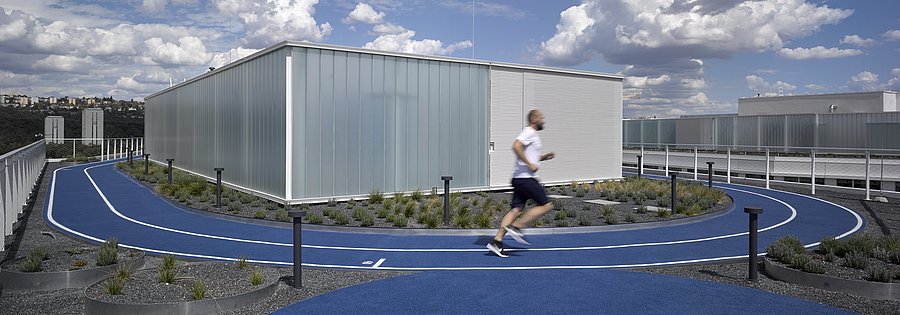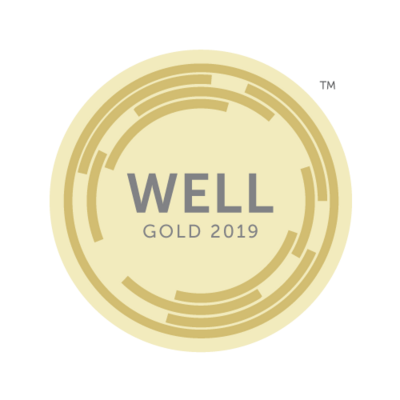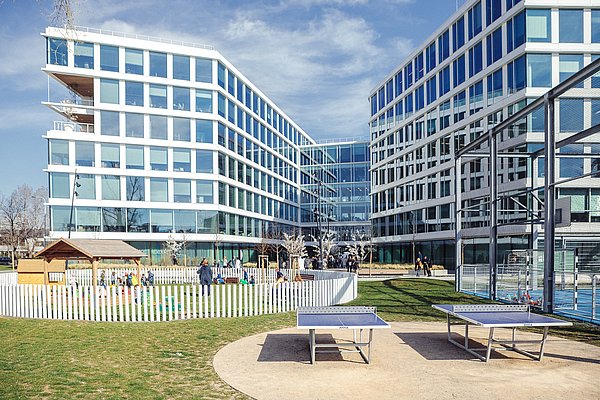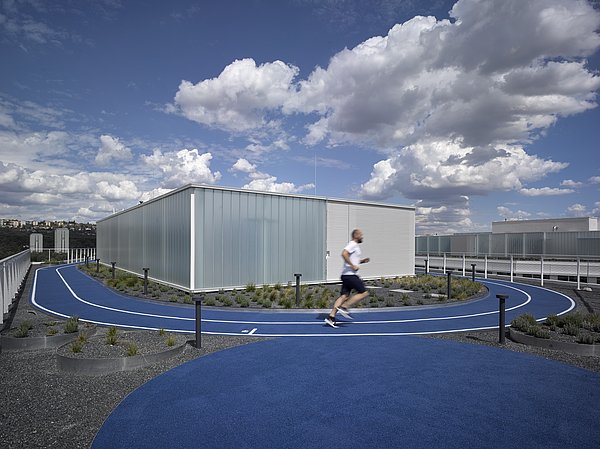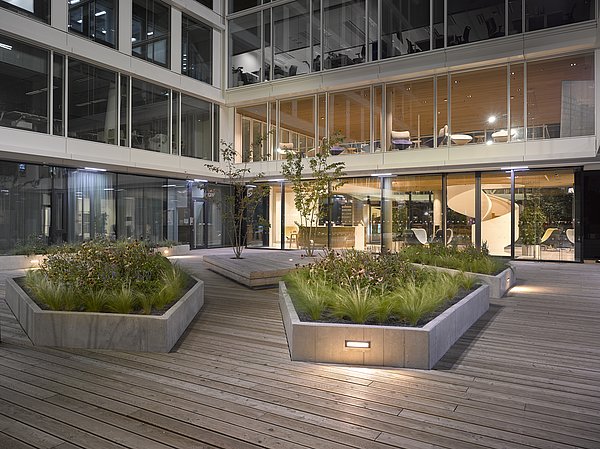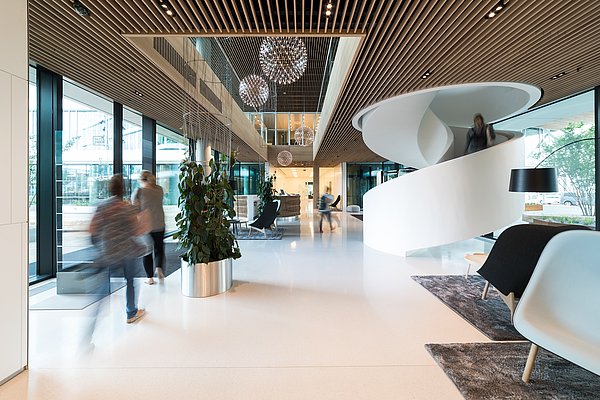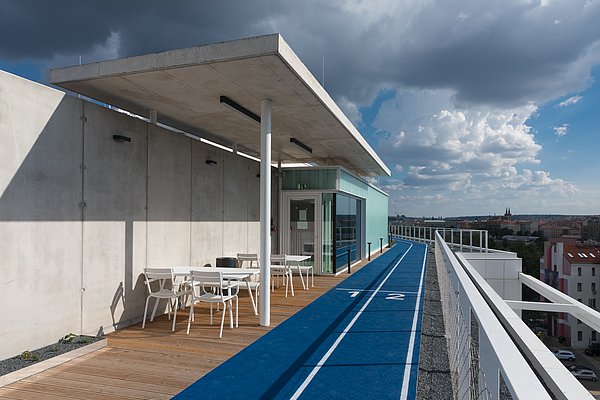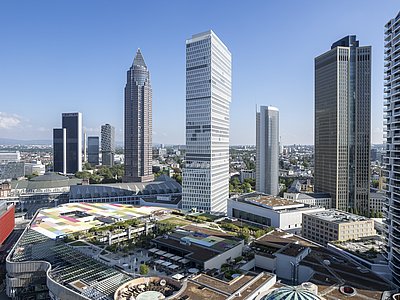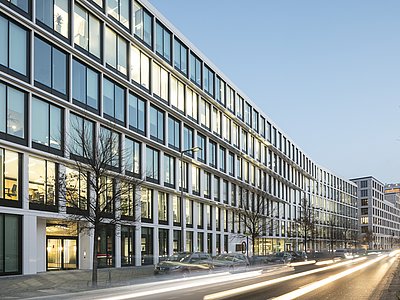The Grind Is Out, Health Is In
Health guides and reports provide endless advice on how to stay fit and healthy – be it through a varied diet, yoga, or getting plenty of exercise outdoors. Celebrities and influencers are models of the healthy lifestyle. Fitness trackers count our steps and our heart rates. If we’ve been sat down too long, they remind us to get up and move around.
Today, we have access to all sorts of information about health and staying healthy. Over time, we have become incredibly health conscious, all the while building on our knowledge of what is good for us and what isn’t. We can fairly precisely say what we want from our workplaces and homes to enable us to stay healthy and content.
At the same time, demographic change has increasingly transformed the labour market into an employees’ market – employers are facing increasingly fierce competition for the best and most talented young people and experts. So satisfying the values and demands of today’s generation of employees is becoming increasingly important – and in this context, salary is often a secondary consideration.
Beyond the work-life balance, the quality of the workplace is becoming an increasingly important factor when choosing who to work for. After all, employees spend a good 70 per cent of their weekday lives there and are expected to deliver 100 per cent every day. And in the end, that’s what employers are aiming for too. They too have long realised that they are pulling in the same direction as employees. “Today, it’s not enough for buildings to simply be functional; they have to deliver a healthy working environment, consistently”, says Hedwig Höfler, Head of Investment Management for Austria and CEE at CA Immo, summarising her experiences in recent years.
A good workplace has to increase performance and concentration, keep people physically and mentally healthy, ensure general well-being, and deliver a good work-life balance.
The WELL Standard: A Seal of Quality for Healthy Buildings
But how can we tell whether a new workplace matches up to these standards? The WELL Building Institute has dedicated itself to certifying buildings that support personal development and performance while promoting health and well-being, rather than harming them. It has created a formula for determining what makes such a building, and provides certifications in line with these criteria.
To get WELL certification, buildings pass through several rounds of assessment. Ten criteria are evaluated: Air quality, water and light, local amenities, exercise options, thermal comfort, ambient sound, quality of building materials, impact on mental health, and community potential. There is also an eleventh category in which buildings can get bonus points for particularly innovative solutions or offerings.
